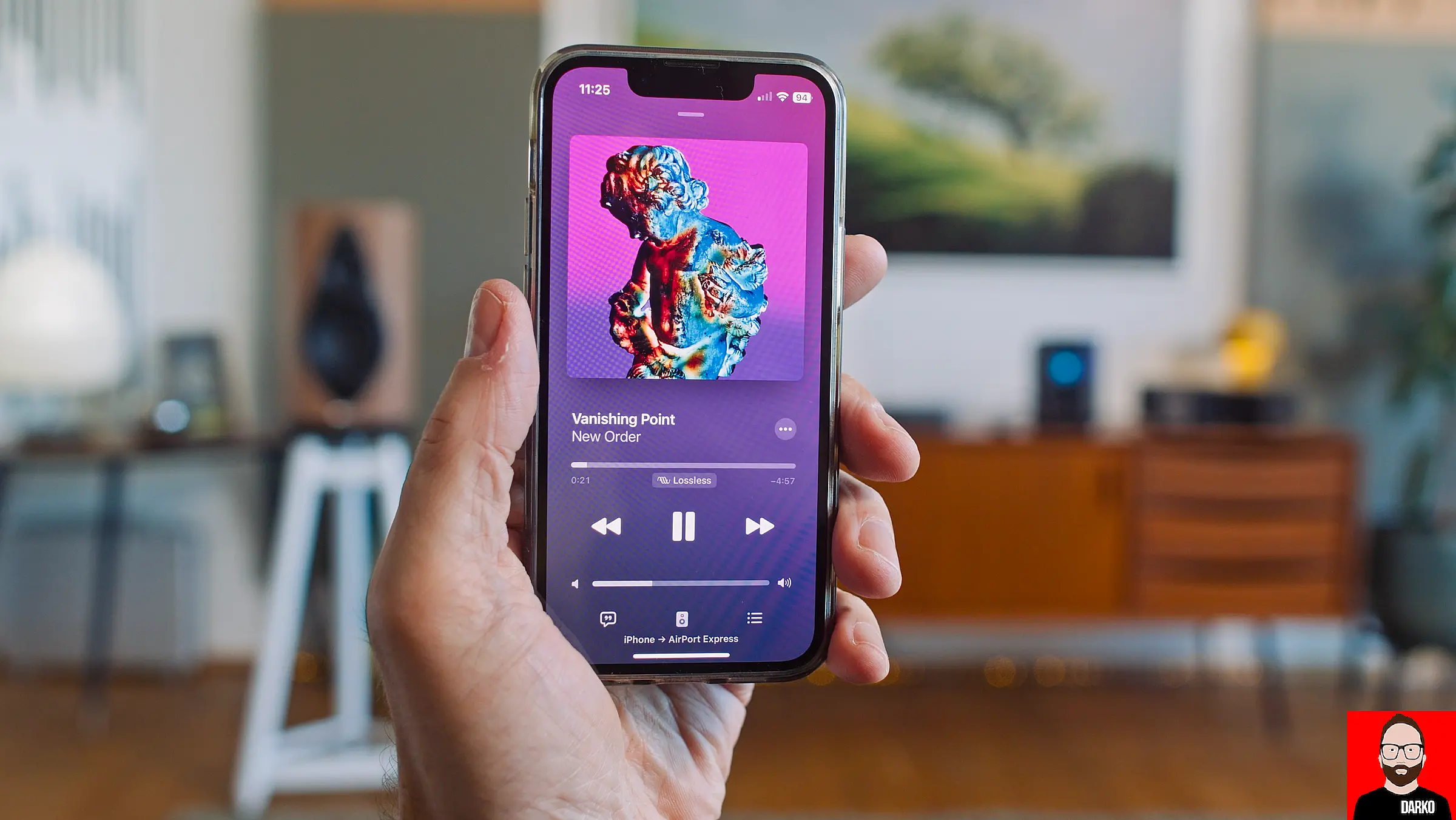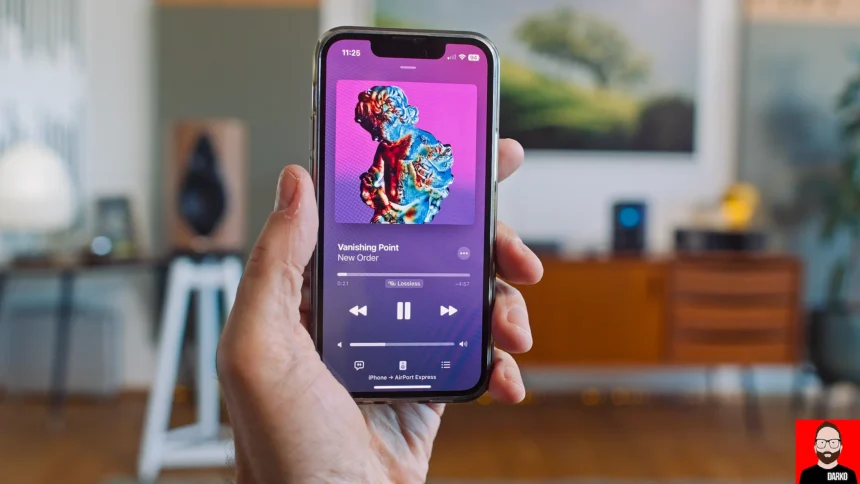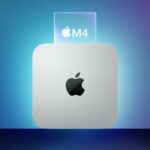Following yesterday’s post about choosing Tidal’s CD-limited Hifi tier over the Hi-Res Hifi Plus tier, three emails came in wanting to know 1) Why do I subscribe to Apple Music when I have Tidal? and 2) why not Qobuz. .
Let us first address the second question, the answer to which is twofold.
Aside from third-party solutions like Apple AirPlay (not always lossless), Chromecast (not tear-free), Roon (expensive), and Android touchscreen streamers (also expensive), there’s no way to stream Qobuz content via the network to a suitably equipped transmission endpoint. — there is no ‘Qobuz Connect’.
And with Tidal prioritizing native FLAC for its high-resolution streams, it now seems like the logical choice for anyone who wants a service that integrates with Roon but also offers a Connect service for those who don’t use Roon: Tidal Connect allows us to transfer the stream to a network endpoint directly from the Tidal app.

The second reason is more controversial: the size of the Qobuz library; or rather, what is missing. It’s not just the music I listen to every day, but some of the music that appears in our videos doesn’t appear. Darko. Audio backers will tell you that I create playlists of all the music seen and heard in every video we make. I start with a Spotify playlist and use Soundiiz to copy and paste it into Apple Music, Tidal, and Qobuz. Those same Users will tell you that the Qobuz playlist always falls short by one, two, or three songs. Because? Because those songs are ‘not available’ on Qobuz.
This may not be true for all music genres. I lean more towards modern electronic/techno, new wave, and indie rock than most hi-fi reviewers, and I suspect Qobuz is better suited to those looking for more traditional music, especially classical.
The “missing songs” issue could also be unique to Germany. 🤷🏻
Now to Apple Music and why I keep a subscription when I already pay Tidal for CD-quality streams.
The first reason to keep Apple Music is so I don’t have to think about high-resolution audio beyond turning on ‘Hi-res Lossless’ in the music settings. Set it and forget it so Apple Music streams the highest resolution available. It could be 16-bit/44.1 kHz (aka CD quality) or it could be 6-8% of the library available in 24-bit/48 kHz, 24-bit/96 kHz, or 24-bit/192 kHz.
Point? I never have to think about which version of a song I want, and unlike Tidal Hifi Plus, I don’t have to shell out anything extra for the privilege. Apple Music is not subdivided into tiers. It costs €10.99/month for everything in all resolutions.
The second reason to keep Apple Music playing is Dolby Atmos content, which Apple has called Spatial Audio. Like high-resolution audio, there’s not much of it and even less to like. But listening to a handful of Eno albums, Peter Gabriel’s i/o, and the Talking Heads catalog on Spatial makes me forget that Spatial Audio’s streams are very lossy compressed (to fit into the Bluetooth tube) and that despite that compression, the audible jump from stereo to spatial is much more pronounced than any step from CD quality to high resolution. Apple’s Eddy Cue was right.
But let’s not get too carried away. My spatial listening takes place behind the headphones (click here to learn why), where the listening experience is not a cocoon of sound that extends back as much as to the sides and front. I think it’s more reliable to refer to Apple’s Spatial Audio, heard behind a pair of AirPods Max, as “Super Stereo”, where separation and resolution enjoy a significant improvement.
Third, Tidal’s tvOS app is nothing like its smartphone and desktop cousins, replacing music with music videos. That’s not true for Apple Music’s tvOS app, which keeps the focus on music; Remote control of the big screen menu is via the Apple TV Bluetooth remote. I sit back, look up, browse, play/pause, and turn up/down the volume. From time to time, I press the RHCP ⏭️ button.
We should note that the Apple TV resamples all audio at 48kHz before outputting through the HDMI port on the back. And if it didn’t, most TV operating systems would do it. This generates high-resolution streams from the menu. However, we must not allow imperfect idealism to cloud our judgment: any impact on sound quality caused by resampling CD-quality audio from 44.1 kHz to 48 kHz will be dwarfed by changes in room acoustics, the speakers, the position of the speakers and the amplifier. That’s the Pareto Principle in action.
But wait. There’s one more reason to keep Apple Music and its music-related themes.
Over the past three years, Apple Music has started adding DJ mixes from various sources: Mixmag, Boiler Room, Dekmantel, and Beats in Space. Many of these mixes are not available anywhere else, not even on SoundCloud (to which I am also a paid subscriber).
If it’s not obvious from today’s and yesterday’s posts, there is no single perfect streaming service: Spotify has the best-designed UI and a decent tvOS app, but it’s not (yet) loss-free; The Apple Music UI is also very neat, especially on tvOS, but there’s no Roon integration or Apple Connect service; Qobuz integrates with Roon but its library is not as comprehensive as its rivals and it lacks a Connect service; Tidal’s Connect service and Roon integration bring it closer to hi-fi perfection, but it’s let down by its rather clunky user interface and lack of a music-focused tvOS app.
And the lack of a perfect streaming service is why I maintain subscriptions to Tidal, Spotify, SoundCloud, and Apple Music.
Keynote USA News
For Latest Apple News. Follow @Keynote USA News on Twitter Or Google News.




